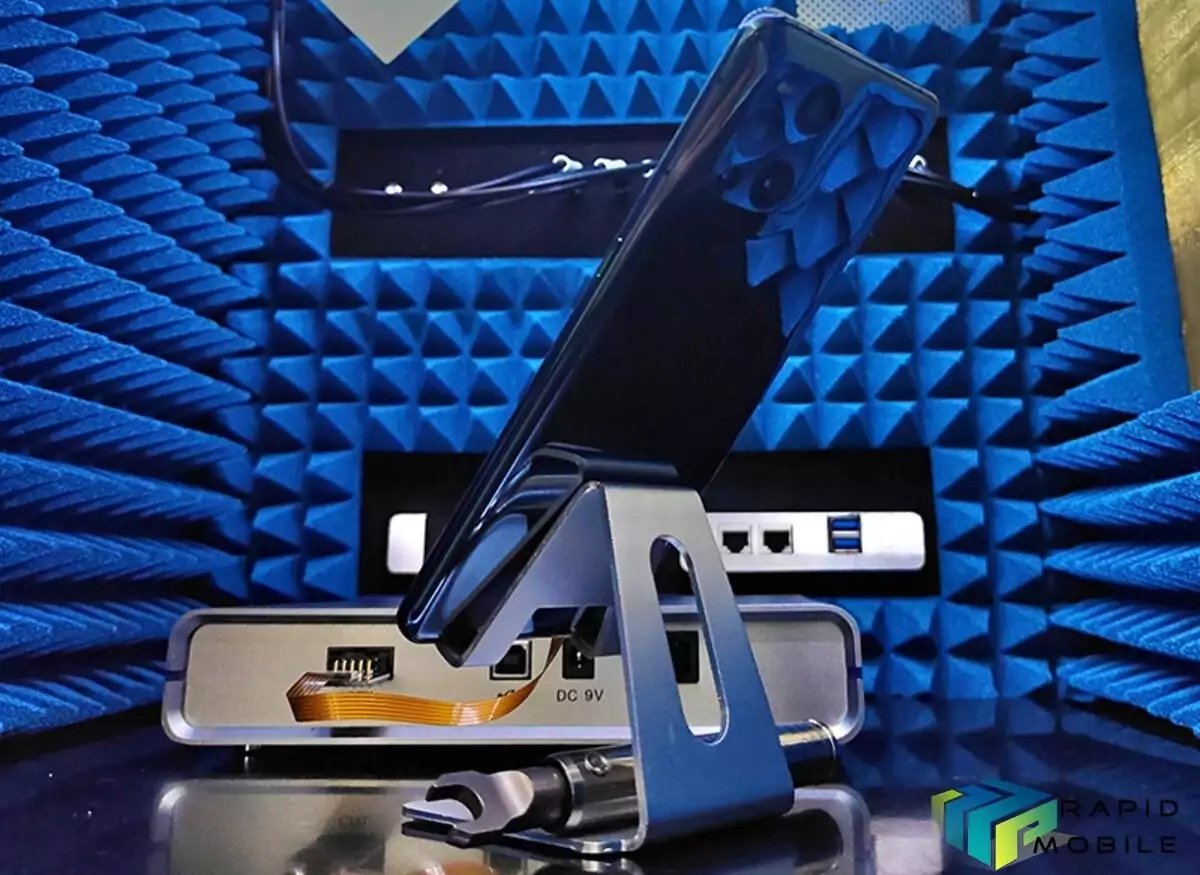Oppo has successfully collaborated with Ericsson, Qualcomm and Vodafone, commercialising Europe’s first low-latency, high-speed 5G standalone (SA) network in Germany. The network will be accessible on the flagship Oppo Find X3 Pro.
In order to allow customers to enjoy the enhanced 5G network, Oppo says they aim to provide a software update to activate SA support on the Oppo Find X3 Pro in the coming weeks, ideally within April.
Henry Duan, Vice President and President of Smartphones, OPPO, said:
“OPPO is proud to be the only mobile device provider to participate in the commercialization of Europe’s first 5G SA network, fulfilling our commitment as a company to bring cutting-edge technology to our customers.
As a pioneer in 5G, OPPO will continue to work with industry leaders to increase access to 5G services and create more unique experiences for our users worldwide.”
To let customers enjoy the enhanced network, OPPO aims to provide a software update to activate SA support on the OPPO Find X3 Pro in the coming weeks, ideally within April.
5G low latency
Standalone 5G is a more complete form of 5G network and is the architecture to which all 5G networks will eventually conform. So, the commercialisation of the first 5G SA commercial network in Europe marks a milestone in the development of 5G in the region. The theoretical latency of 5G SA is as low as 1ms, which marks a vast improvement over that of current non-standalone (NSA) 5G at around 20ms.
Düsseldorf, Münster, and Leipzig will be the first European cities to receive 5G SA coverage, meaning residents or visitors to these cities owning an OPPO Find X3 Pro will be able to enjoy the benefits of the network after receiving OPPO’s software updates.
“Our 3.5GHz range 5G network is now completely independent of LTE technology. At initial available locations, it is possible to achieve latency times of 10 to 15 milliseconds – that’s as fast as the human nervous system.
These ultra-low latency times are now arriving step-by-step to consumers across Germany as we put more and more 5G facilities into operation. The first smartphones to support the technology are coming, starting with the Find X3 Pro from OPPO.
Together, we are making 5G Standalone a reality for our customers,” explains Vodafone Germany’s CTO Gerhard Mack.
SA 5G network slicing
SA 5G will support network slicing, which will allow operators to provide portions of their networks for specific use cases, enabling carriers to provide diversified and services for different needs.
Oppo was the only smartphone manufacturer involved in the project, but worked closely with Vodafone Germany, Qualcomm and Ericsson to test the 5G SA network in numerous sites in the three German cities, since November 2020.
Ericsson provided products and solutions from its Ericsson Radio System portfolio and its cloud native 5G Core for standalone networks to help Vodafone build 5G SA networks in Germany.
The network was then tested with Oppo Find X3 Pro smartphones powered by the Qualcomm Snapdragon 888 5G mobile platform.
“Qualcomm Technologies is delighted to join Oppo, Vodafone and Ericsson in this pioneering work to bring a better 5G network to European customers,” said Enrico Salvatori, senior vice president and president, Qualcomm Europe/MEA, Qualcomm Europe, Inc.
“This is a significant milestone not only for Germany but for Europe. 5G standalone is a key step in the 5G evolution and will bring new benefits to consumers and businesses alike and we are proud to have worked with Oppo, Vodafone and Ericsson to make this happen on a commercial 5G device and network.
5G standalone brings fast speeds, greater efficiency, new levels of performance and scalability to 5G,” Salvatori continued.




